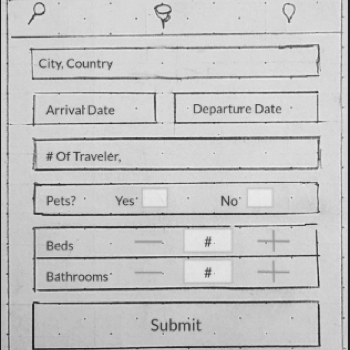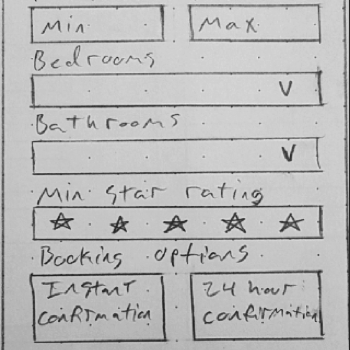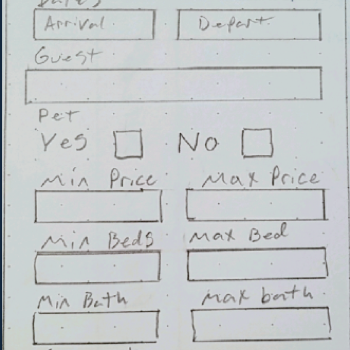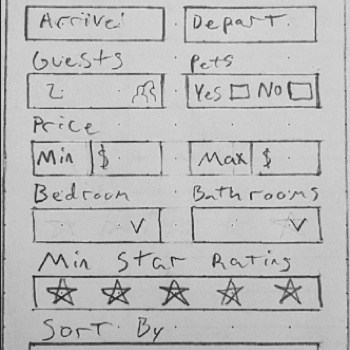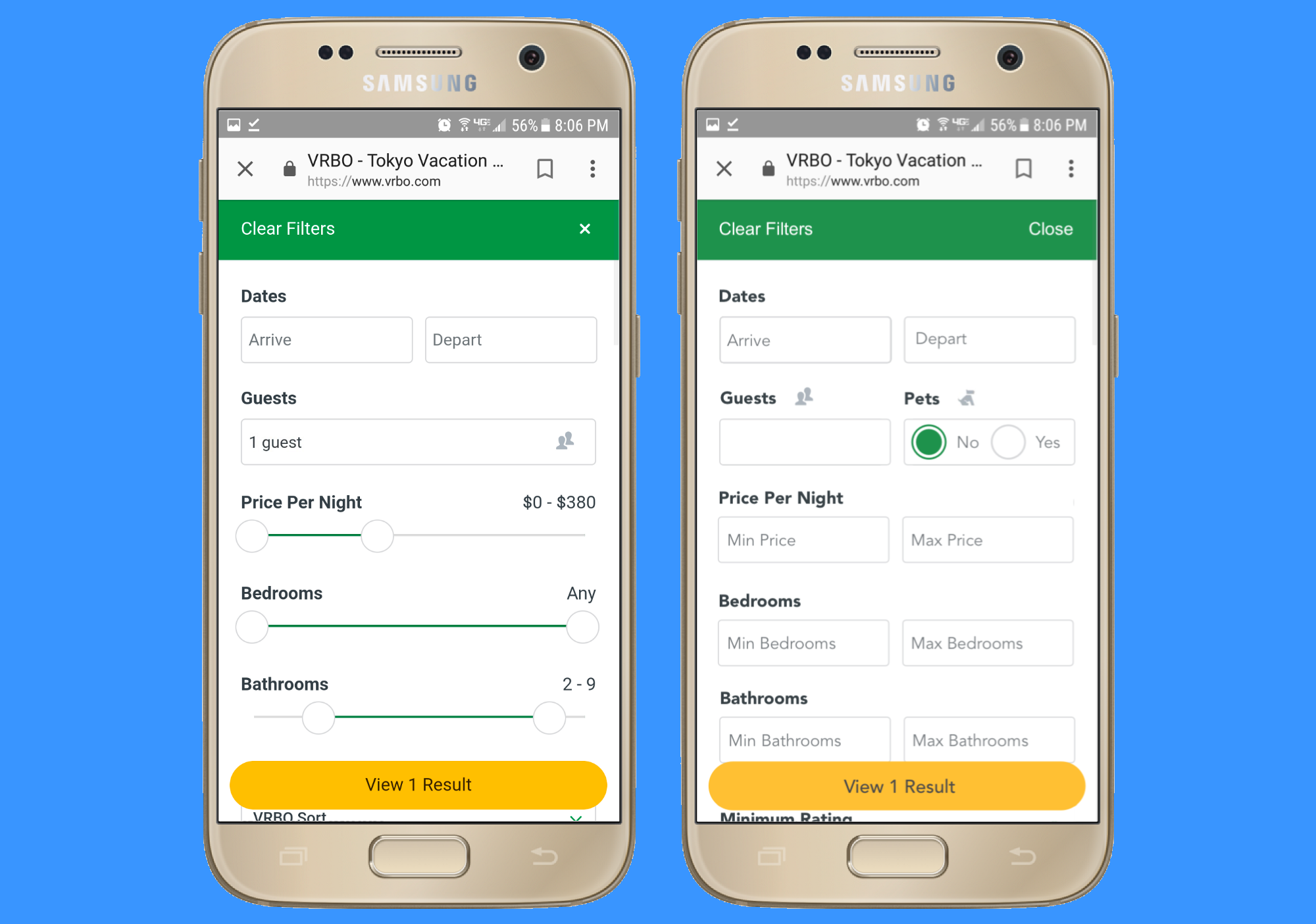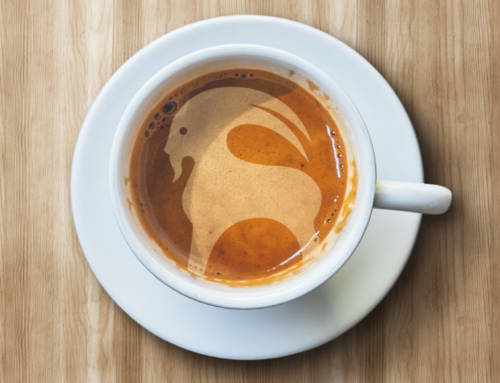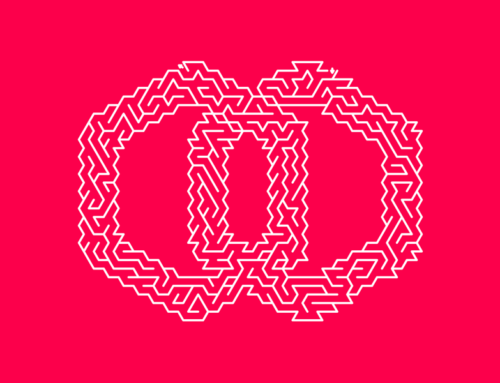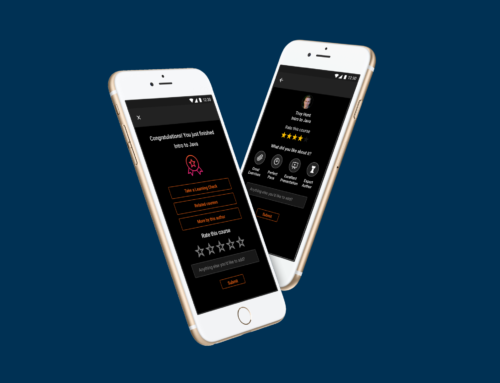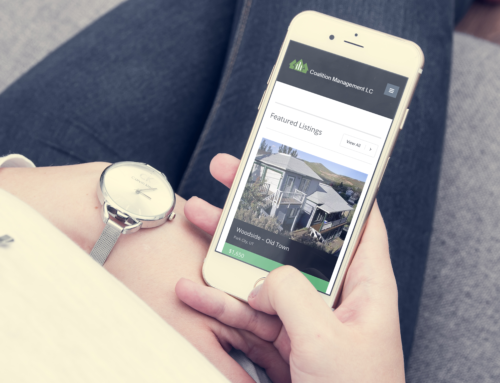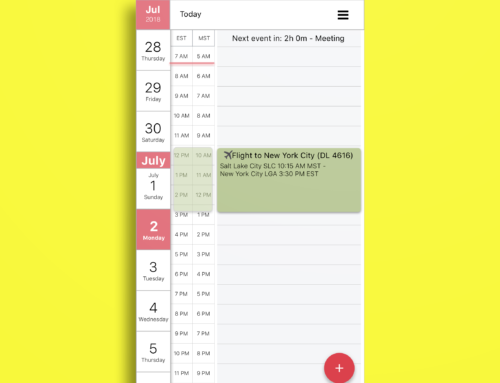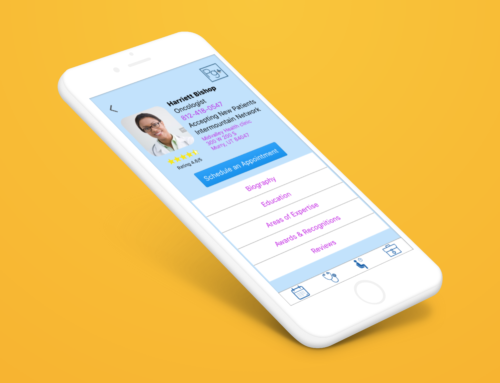What is VRBO?
VRBO ( Vacation Rentals By Owner) is part of the Home Away family and is a leading community-driven hospitality company where people can list, discover, and book unique accommodations around the world. Whether travelers want an apartment for a night, a castle for a week, or a villa for a month, VRBO.com connects people to unique travel experiences in more than 34,000 cities in 190 countries.

Project Brief
This was a design challenge to run usability testing on the VRBO mobile App, specifically the search filter. I conducted an in-person usability study in order to gather insights into user performance and challenges. The study collected information such as task completion rates, time on task, navigation and content insights, overall satisfaction, areas of concern, and unmet needs.
The Challenge
VRBO while being a well-established platform for renting out homes is not a well-known business. Most participants were not familiar with the business or the app, making the initial introduction to the platform an additional hurdle to overcome before testing could begin. Testing surfaced many usability issues that made it impossible for most applicants to reach the end goal of the assigned task.
The Solution
Findings showed that users favored a simplified user interface with form fields over the current sliders. Keeping with a simplified model, all search fields in secondary page positions were brought up front to avoid user confusion. The study surfaced quantitative and qualitative performance metrics that provided actionable insights for improvements.
Methodology
Research questions. The study collected qualitative and quantitative data to answer several research questions, including:
-
Task completion — How well does the site support the user’s ability to accomplish key goals and tasks?
-
Navigation and information architecture — How does the site structure support users ability to accomplish their tasks? Can they navigate to where they want to go and accomplish their tasks quickly and efficiently? What pathways do they take?
-
Content and terminology — Do the users understand the content and does it help them accomplish their tasks?
-
Layout and visual design — What are the user’s impression of the visual design?
-
Communication and site impressions — What are the users overall impressions of the site? Does it adequately communicate what users are able to do with the site?
Outcomes
-
Metrics. Objective and behavioral performance data that provided a usability baseline to measure future improvements.
-
Audience insights. Actionable insights on how to optimize the user experience for customers.
-
Actionable improvements. Concrete recommendations for improvements based on research findings.




